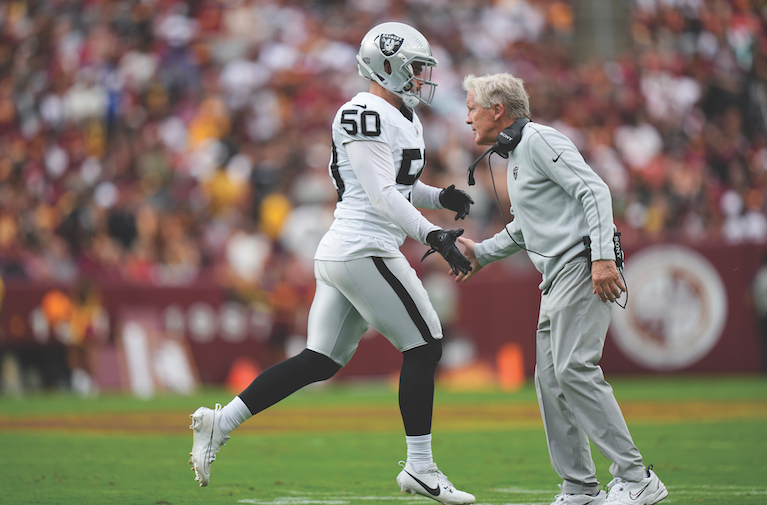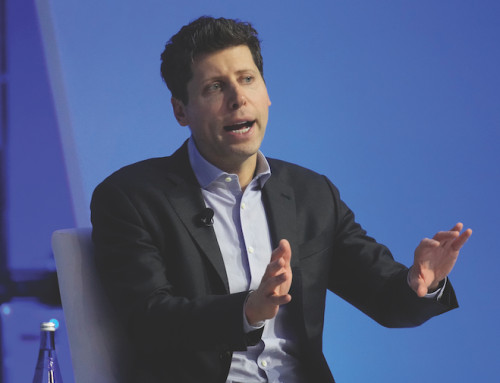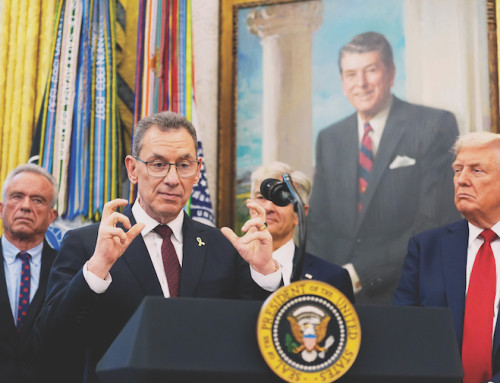HENDERSON, Nev. (AP) — Pete Carroll could be just about anywhere, doing nearly anything that comes
to mind, after accomplishing so much as a championship-winning coach in college and the NFL, the multimillion-dollar contracts he received as reward for such efforts.
After a year away from the NFL, however, the 74-year-old Carroll chose to return to take on the challenge of turning around a Las Vegas Raiders franchise that has gone more than two decades since coming close to the Super Bowl.
“It isn’t about accomplishing things to say you were worthy,” Carroll said at his introductory news conference in January. “It’s what you’re going to do next that counts.”
That appears to be a common theme for Carroll and other coaches 70 years and older. They thrive on competition, and a leisurely retirement doesn’t seem to be as appealing as drawing up game plans and developing athletes.
Carroll is the only NFL coach in that age range, though Kansas City’s Andy Reid, at 67, isn’t far behind.
There are a number of other notable septuagenarians not only still coaching, but doing so at a high level, such as Kirk Ferentz, 70, Geno Auriemma, 71, Kelvin Sampson, 70, Rick Pitino, 73, Tom Izzo, 70, and Bill Belichick, 73.
Coaches may be among the high-profile people working beyond 65, but they are hardly the only ones.
According to the Bureau of Labor Statistics, people 50 and older make up about a third of the work force and those 65 and older account for approximately 6 percent.
Carly Roszkowski, AARP’s vice president of financial resilience, said workers 75 and older are “the fastest-growing segment of the work force,” and are projected to be 11.7 percent of the labor market in 2030.
She said falling birthrates mean that by 2034, there will be more workers 65 and older than 18 and younger, and Roszkowski added many workers fear not having adequate retirement savings.
While an AARP survey showed that 98 percent of older workers continued to remain employed for financial reasons, 88 percent also wanted “to feel useful” and 86 percent liked the idea of staying active.
“People are staying healthier longer,” Roszkowski said. “We know that continuing to work has a lot of health benefits. You’re staying out of that social isolation. You’re staying mobile with having a job. For most people, you’re commuting or going into a place. You’ve moving around. You’re continuing to use your brain.”
Pro coaches and those at big colleges, however, usually continue coaching for reasons other than financial ones.
Robert W. Turner II, associate professor at Duke University School of Medicine and Center of Aging, said successful older coaches have an advantage over most of the population largely because they have been well-compensated over the years.
“People are living longer, but then there are people who have means,” said Turner, who played college and pro football. “Those are people who are economically, educationally, environmentally have the resources to help them live healthier and longer. So as long as they have the mental acuity, there’s no reason they have to pull out of the job market.”
Auriemma led the Connecticut women’s basketball team to the NCAA title last season, the Huskies’ 12th under his watch.
Sampson coached the Houston basketball team that came within a final possession of winning the national championship last season. Proven winners St. John’s Pitino, Michigan State’s Izzo and Tennessee’s Rick Barnes (71) are all back for another season.
Ferentz has led Iowa football since 1999, and North Carolina is under the direction of rookie college coach Belichick, the six-time Super Bowl champion at New England.
Dusty Baker, since retired, was 73 when he managed Houston to the World Series title in 2022. Stanford women’s basketball coach and Hall of Famer Tara VanDerveer retired last year at 70.
It’s one thing to want to work, but other than those who run their own businesses, employers also have to be willing to hire or retain those who usually would be at retirement age.
College sports, especially, have shown that athletic directors are willing to make such hires.
Female coaches, such as VanDerveer, are in the minority of those coaching into their later years.
“What was the size of her peer group like when she started?” Turner said. “Then over the years, we know that peer group she came from started to dwindle for lots of different reasons. In basketball, she’s what we would call a super ager. She’s been super successful. She’s been able to take care of herself. But she (was) working in an environment where they appreciate her.”
VanDerveer captured three national championships at Stanford, won 1,216 games (behind only Auriemma) and coached the United States to Olympic gold in 1996.
Showing her ability to relate to younger players, VanDerveer won her most recent national title just five years ago.
“Age never has been the defining factor in my building of relationships with players,” VanDerveer said in an email. “The key throughout my career has been focusing on helping each player achieve their goals. As I got older and had more experience, in some ways that became easier not harder!”
Even so, VanDerveer said that while facing various challenges in her career, she had to remind herself, “You have done this before.”
In Las Vegas, Carroll has that same advantage of experience, but he is more forward-thinking than consumed with the past.
“I’m in good shape,” said Carroll, who won championships during previous stops at USC and with the Seattle Seahawks. “I’m ready. I am razor sharp.”
He’s also more active than many people decades younger than him.
Carroll’s energy and enthusiasm seem to be in endless supply.
“You can’t come in here and have less energy than him,” Raiders wide receiver Jakobi Meyers said.









